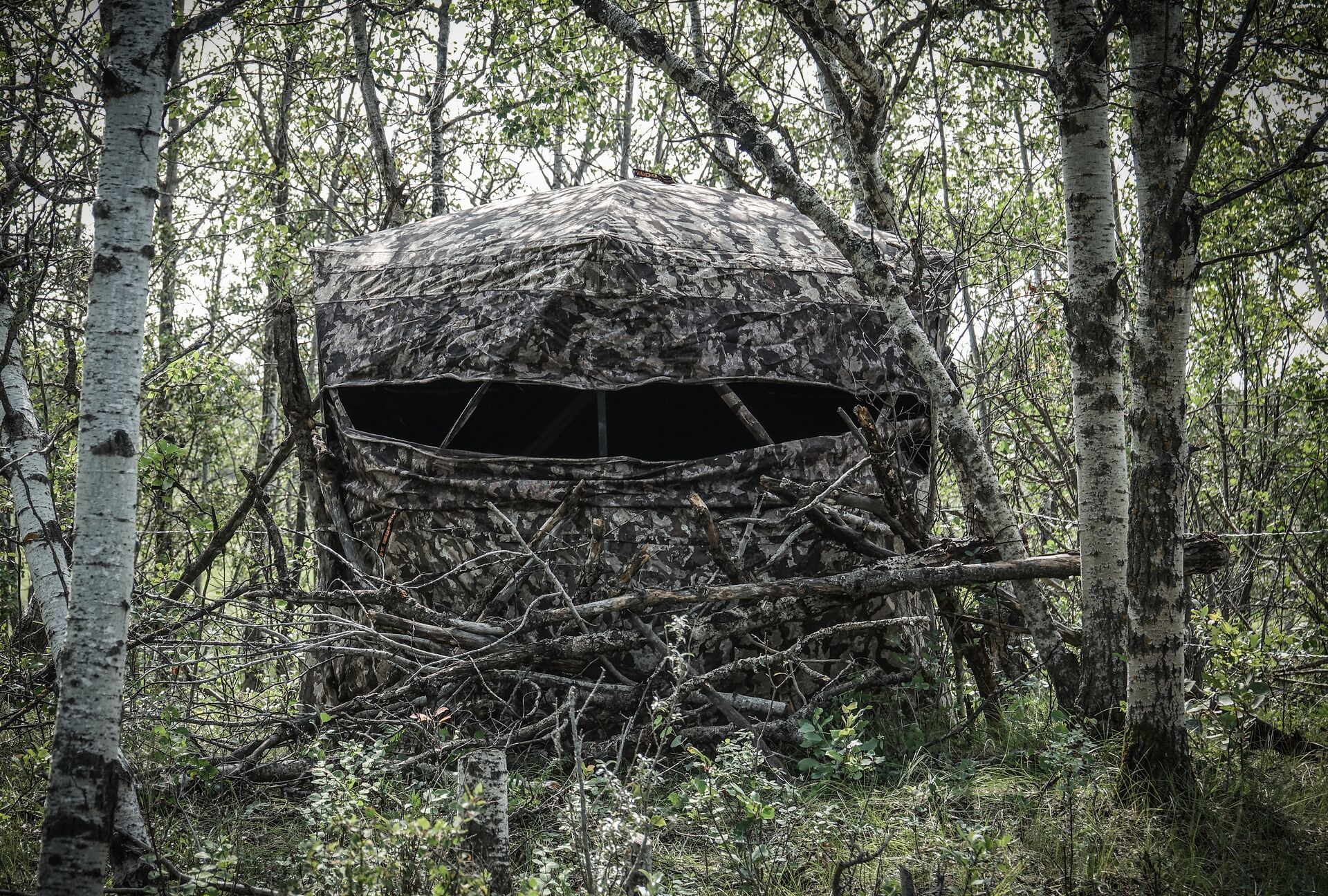The opening day of rifle season for whitetail deer in Northern Michigan was sacred to us. When it was still legal, we would spend weeks putting out bait and trimming shooting lanes. As the day loomed closer, we'd sight in our rifles and pack our bags with the snacks that I'd likely have eaten before the sun coming up. The morning of, we'd grab a hot chocolate and head to the permanent ground blind my dad had built.
As I've gotten older, my approach to deer hunting has changed, but my love for it hasn't. Now, rather than November 15th, the opening day of rifle season, being the day that I look forward to, I look forward to October 1st, the opening day of bow season. Instead of going to the same spot on our family's private land, I use HuntWise to locate public land I can hunt close to home.
My love of whitetail deer hunting remains steadfast, and I've also maintained my use of ground blinds. Here are four reasons that ground blinds should be an integral part of your whitetail toolkit.
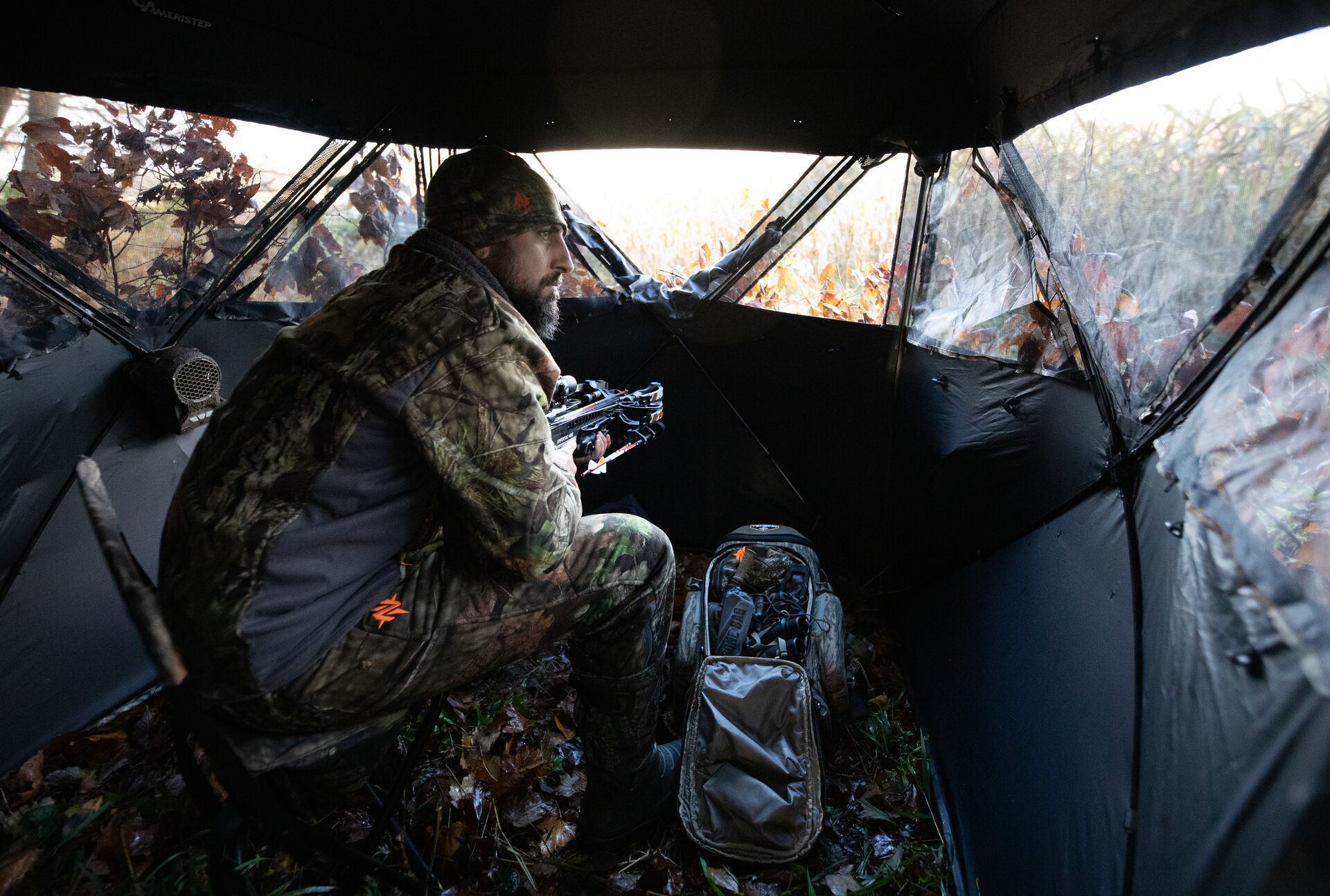
Number 1: Simplicity and Inclusivity (i.e., Bring a Hunting Buddy)
When I began bow hunting, I went right for a tree saddle. It works great for me.
I feel secure in the tree. It's lightweight, packable, fairly easy to use, and comfortable with a little practice. However, a tree stand has one major flaw: taking another person with you can be tough, especially for a first-time or younger hunter.
I found that out this past season when a friend from out of state was in the area visiting his family. I agreed to take him out hunting that weekend, and on Saturday morning, we grabbed saddles and headed for the woods.
Setting up was a nightmare. We were loud and certainly not as safe as I am when I climb by myself. Ultimately, we called it quits and came in early for breakfast.
A Different Approach
That evening, I decided to take a different approach and threw the ground blind in the truck. We e-scouted a small parcel of public land on HuntWise and found a clearing near some oaks where I felt we would have a good chance at deer coming through. In the satellite imagery, it appeared there was some higher stem count foliage on the edges that we could use to conceal the blind.
The ground blind performed as we had hoped. I carried the blind and my bow, and my friend carried a couple of chairs. We popped up the blind, set up our chairs, and sat until dark.
We had a group of does walk by just out of range near the last light, and my friend had an experience that propelled him to become a hunter himself.
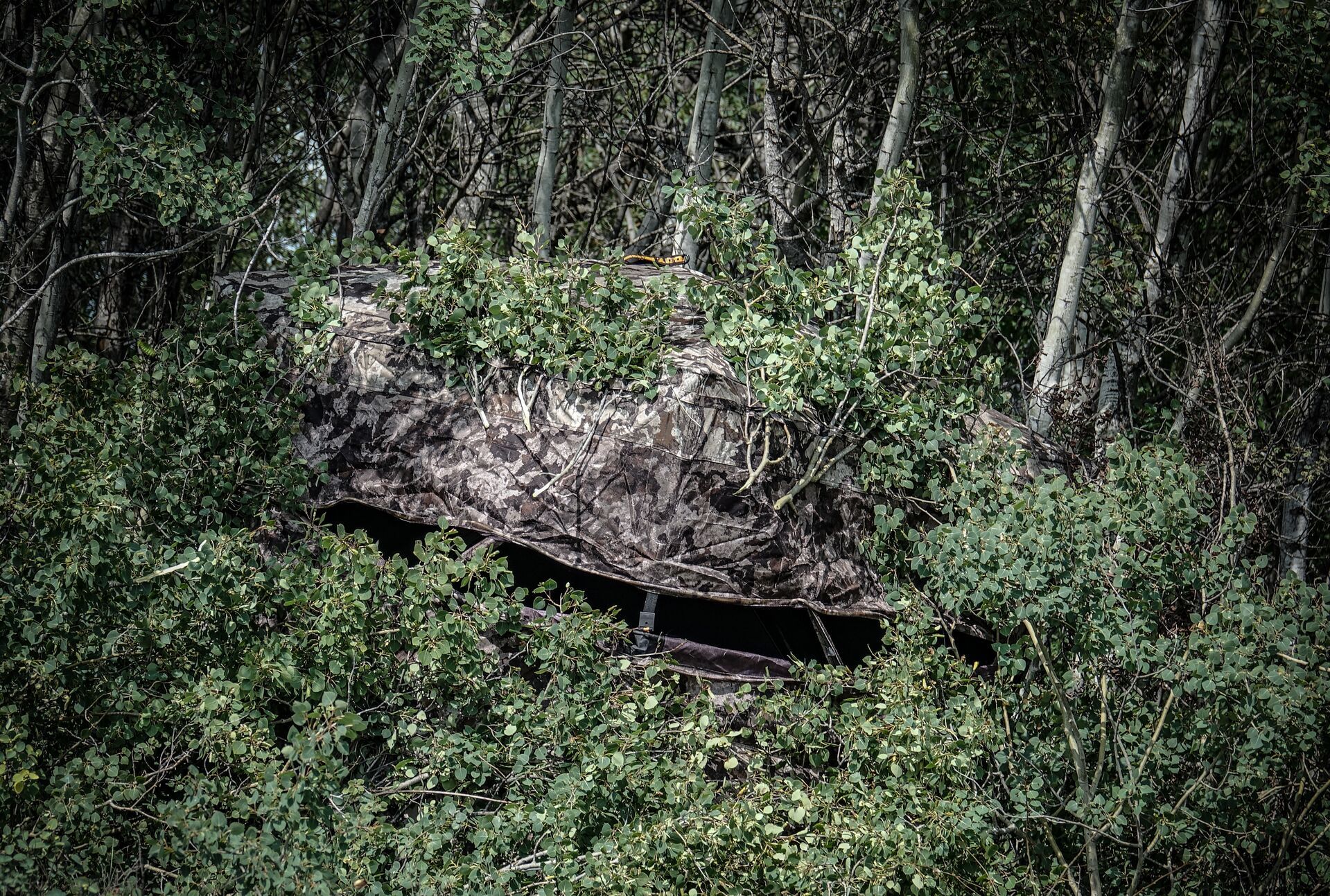
Number 2: Concealment
Whitetail deer have astonishing eyesight. In fact, according to an article published by the National Deer Association, deer can process motion four times faster than humans.
n addition, their field of view wraps 300 degrees around their heads, with the only blind spot being 60 degrees directly behind them. This makes concealment critical for a successful hunt.
What better way to be concealed than completely hidden from sight inside a camouflaged ground blind? A ground blind blends in well with its surroundings and completely conceals any movement you might make inside the blind.
While hunting in a blind, I've been able to pull my phone up and take several pictures of deer with them looking directly at my blind.
Low vegetation areas are an environment where ground blinds can work particularly well for concealment. It seems that deer often look at the blind as nothing more than a shrub or small clump of trees that they just hadn't noticed before – as if the new object in the field has always been there.
A similar setup is exactly how my young cousin killed his first deer this past season. His ground blind was set on the edge of the field against some existing shrubs that only stood about knee high. The doe he was able to harvest acted as if nothing was out of place as she walked down the trail that my uncle and cousin had set up near.
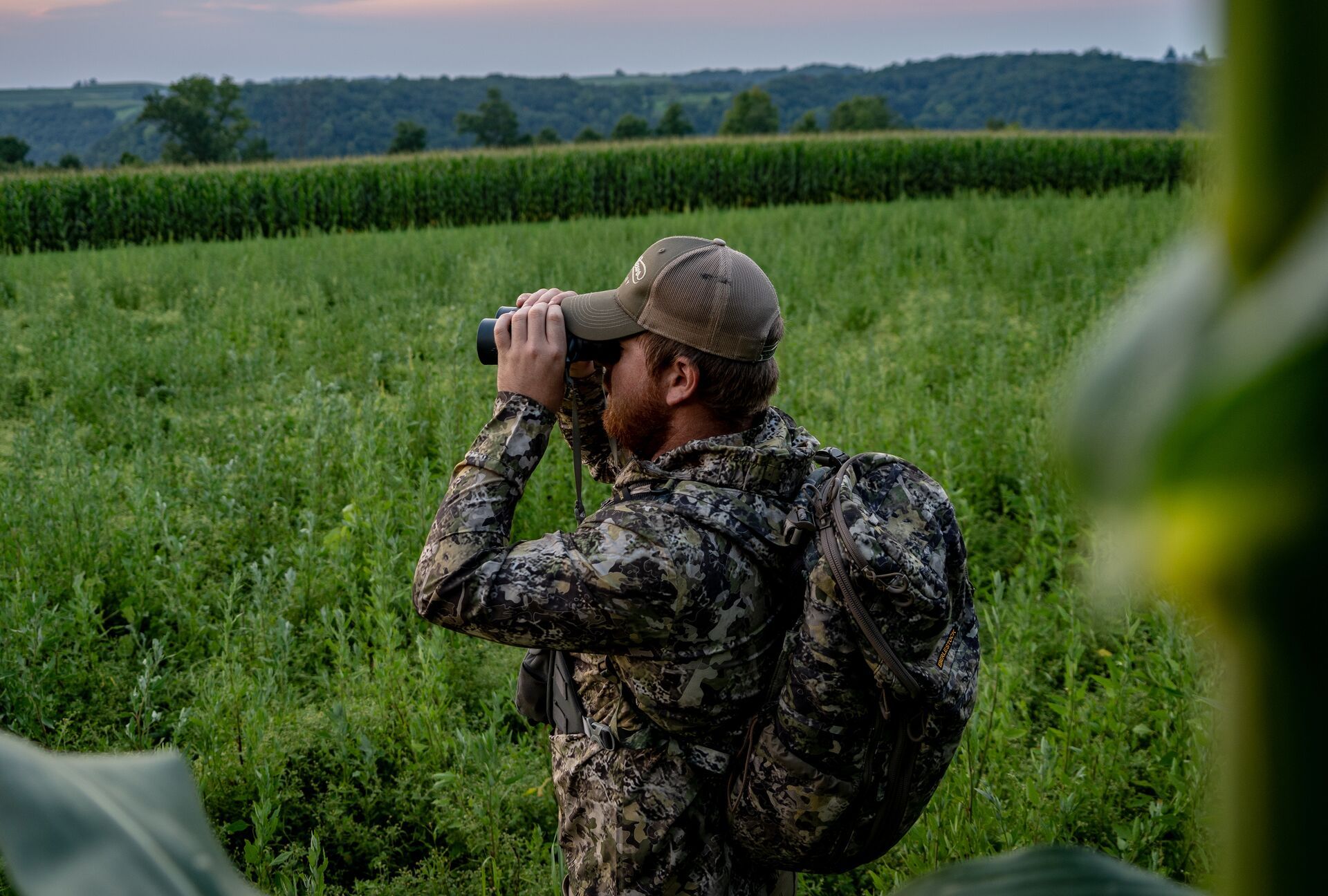
Number 3: Versatility and Mobility
Many hunters will place a ground blind at the beginning of, or even prior to, the season and leave it until they're tagged out or out of time. Regrettably, this diminishes a significant benefit of ground blinds: their mobility.
Ground blinds are lightweight, packable, and easy to set up. In a matter of minutes, they can be either torn down and ready to move or set up and ready to be hunted from.
If you're preparing for a morning hunt and check the wind on HuntWise before leaving the house, you'll notice that the wind is almost never consistent throughout the day. At 7 am, it might be blowing from the North, but by 9 am, it could be blowing directly from the West.
However, if you're in a ground blind, this is a trivial issue. In minutes, you can be moved to a new spot – one that's more advantageous for the new wind direction.
Similar scenarios can play out for a multitude of reasons. Maybe you're set up in your ground blind, and after day breaks, you realize the oak you thought was dropping acorns isn't. Perhaps the trail you swore you saw with your headlamp is simply a small washout from last night's rain. Or, maybe you set up and realize you don't have the shooting lanes you thought you did.
With a ground blind, the work of relocating is simply not an issue.
When the situation calls for you to move, a ground blind makes that transition quick and easy.
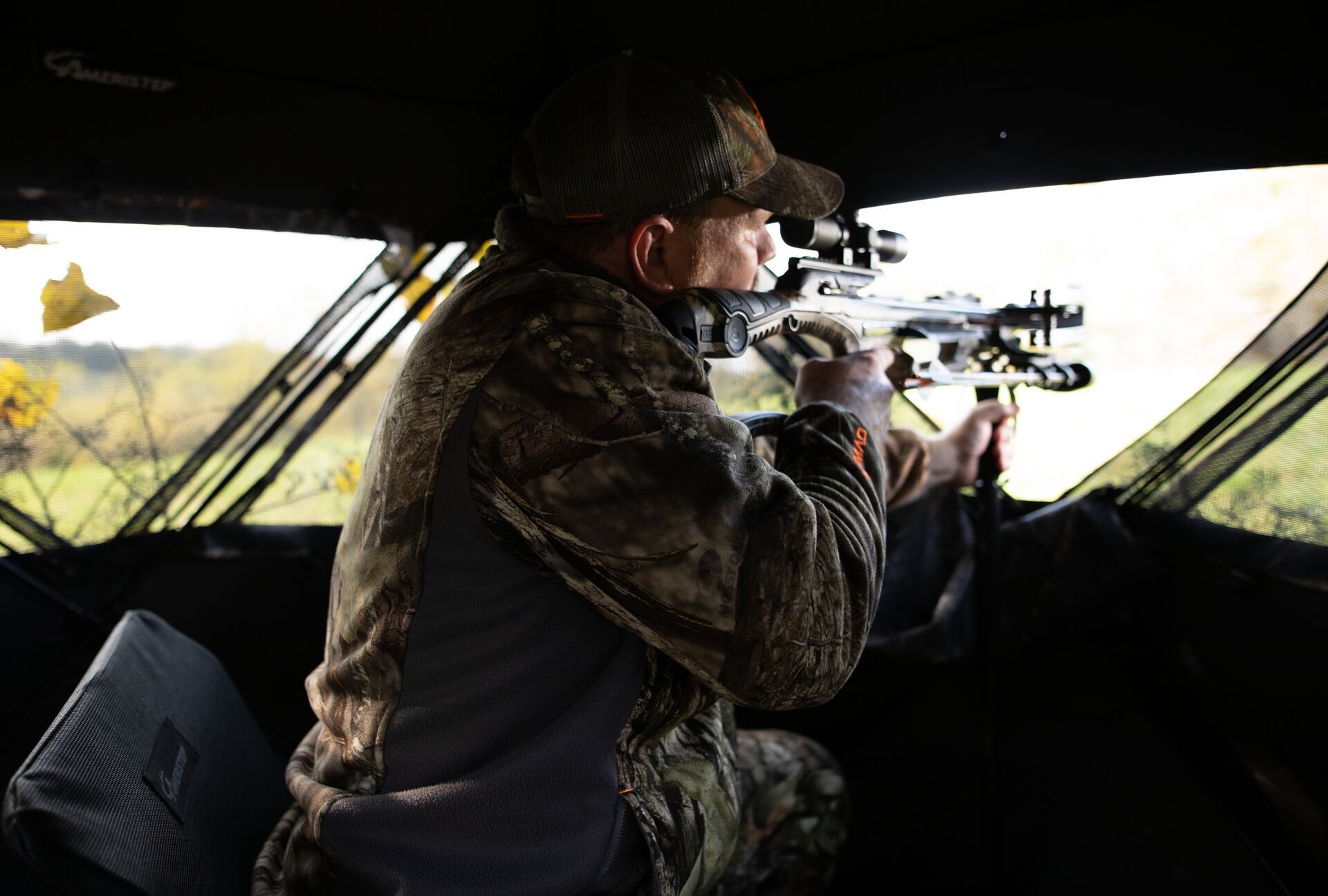
Number 4: Comfort and Protection
Most of us have spent a day shivering in a tree stand or getting soaking wet hanging from our saddle because, despite the weather, HuntWise showed a high percentage of days on HuntCast. When the predicted whitetail movement is high, as hunters, we can't pass up those days to get into the timber.
Fortunately, with a ground blind, we can enjoy the less-than-perfect weather days in comfort.
Two years ago, we had a pretty cold stretch in Northern Michigan during the last few weeks of the season. I was still trying to punch a tag, but I wasn't looking forward to hanging off the side of a tree in sub-zero temperatures with the wind blowing. I decided a ground blind was the perfect approach.
The walkout was chilly at first, but once I got moving, I was more comfortable. I set up my blind near some red oaks, kicked on the heater I brought along, and poured myself some coffee.
The hunt proved unsuccessful, as the caliber of buck I was after never came by, but I didn't regret being out there one bit. Eventually, I was even able to take off my heavy outer jacket and still sit comfortably.
A ground blind allows hunters to get in the woods in comfort rather than suffer through the misery of cold or rainy days.
Use HuntWise and a Ground Blind to Hunt Differently (and Successfully)
It's been said that one of the best ways to kill deer is to hunt differently than other hunters. Whether that means hunting at different times of the year, in different weather, or in different locations – a ground blind can be a great tool.
I've been using it more and more as I develop as a hunter, both during the archery and rifle seasons. This season, I'd encourage you to take a ground blind into the woods as part of your arsenal for whitetail hunting!
Before you go, make sure you download HuntWise. We'll give you the first week free!
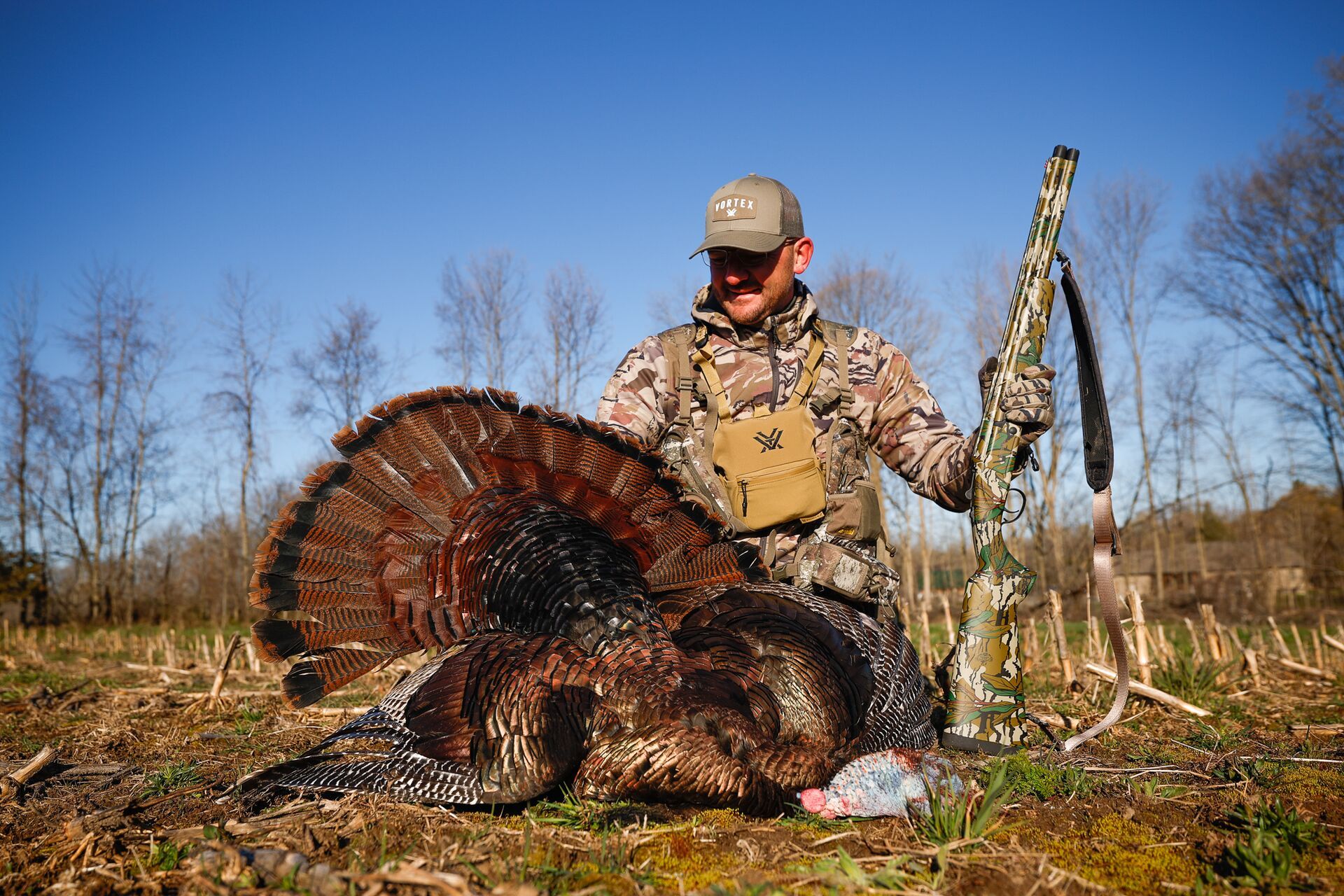
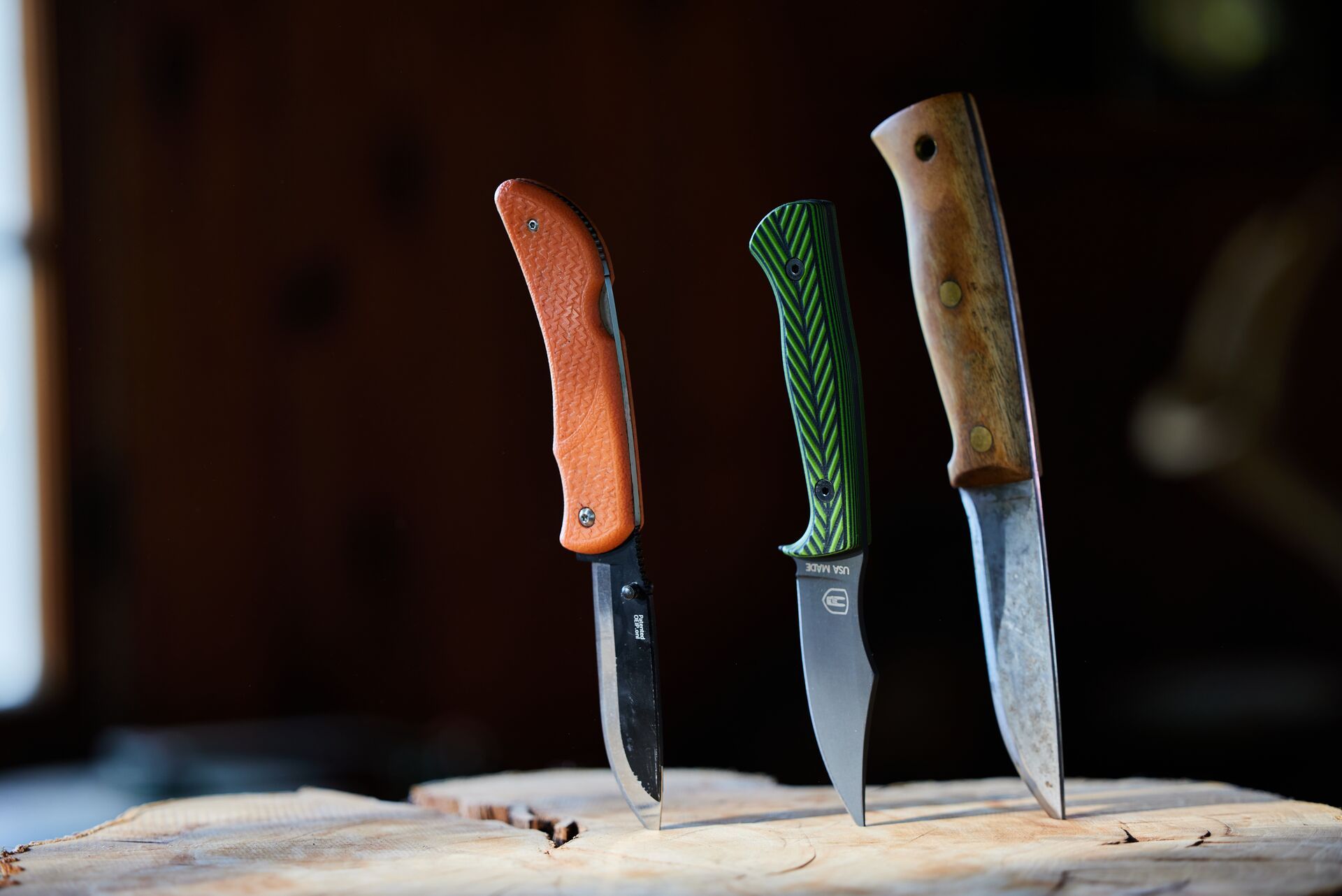
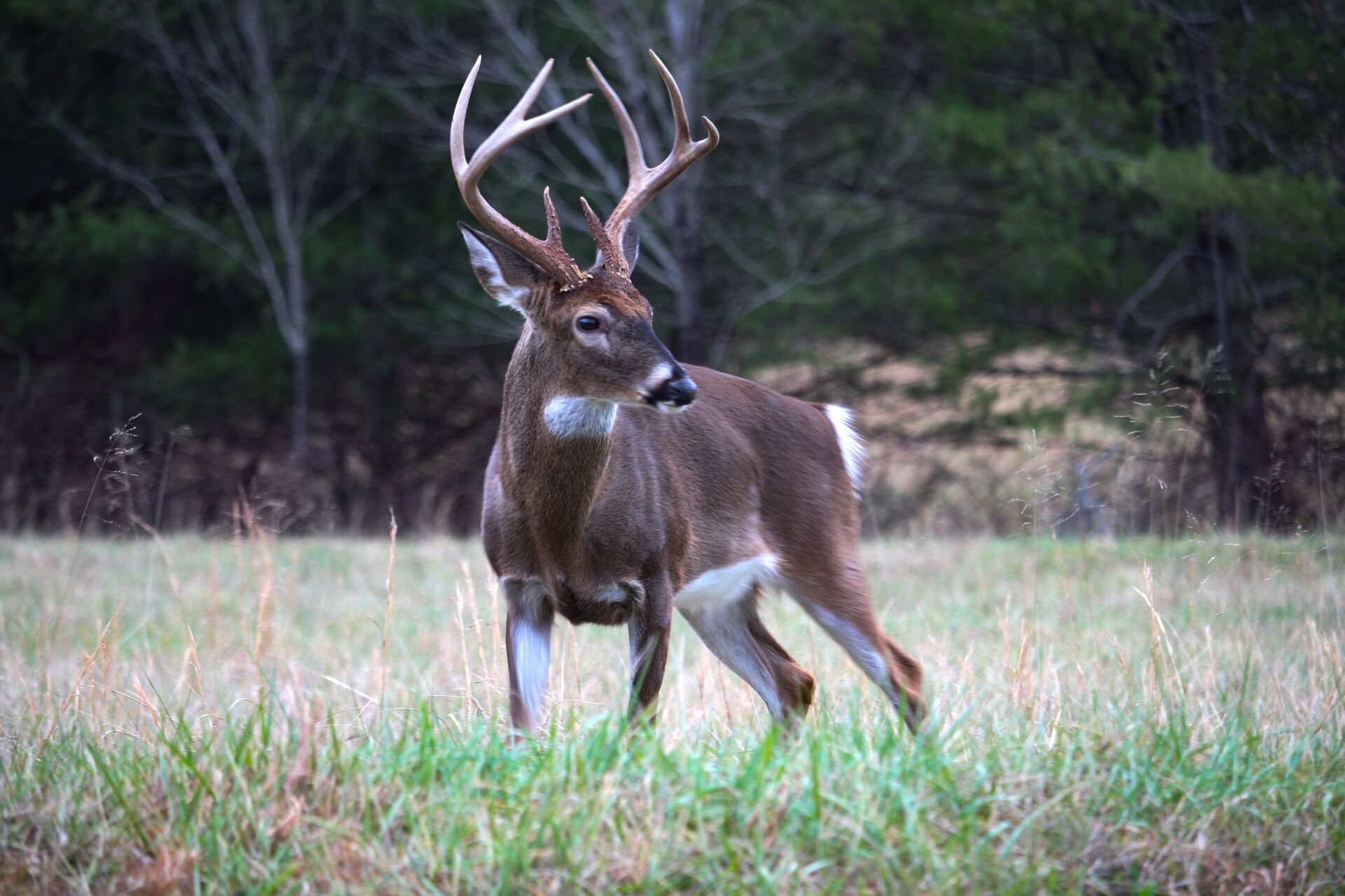
 Gear
Gear Gear
Gear Gear
Gear